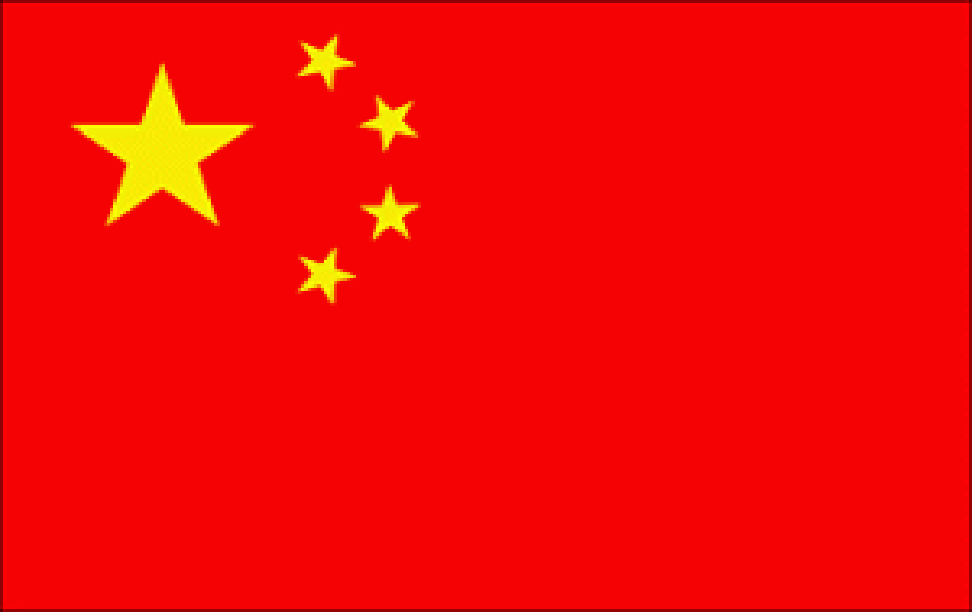October 18, 2021 (MLN): Commodities are scaling new peaks with each passing day as coal, Liquefied Natural Gas (LNG), crude; zinc, etc are at their highest since the 2008 crisis.
At the moment, LNG spot prices are well above the $55 per MMBtu mark and are unlikely to stop here as buyers are flocking to the market to secure supplies for winters as temperatures begin to fall in the Asian markets.
The government has messed up its LNG procurement business almost every year during the winters. In addition to unnecessary politicization of long-term LNG supply agreements and its initial reluctance to open up the sector for private investors leading to inadequate storage and low supplies, the government has failed at the basic task of forecasting demand and securing supplies beforehand.
The approvals for necessary infrastructure such as the Pakistan Stream Gas Pipeline have been delayed time and again leading to inadequate supplies for the northern region where winters are much harsher than in the south.
Currently, the Pakistan State Oil (PSO) and Pakistan LNG Ltd (PLL) are the only two government entities with the mandate to import LNG into the country. These two use Engro and Pakistan Gasport terminals and their FSRUs for transmission and distribution through the Sui Southern Gas Company Ltd (SSGC) and Sui Northern Gas Pipelines Ltd (SNGPL) systems.
In addition to the long-term contracts to supply baseload gas requirements in the country, PSO and PLL seek spot cargos during winters. The spot cargos are naturally more expensive than those arriving under long-term contracts.
This year around, the situation is even worse. PLL invited eight cargoes, four each for December and January but received no bids from suppliers. This was mainly because the orders have piled up for LNG suppliers. Asian buyers are scrambling to get their hands on precious gas as their dependence has increased on LNG fuel over the last half-decade. Meanwhile, alternate fuels such as coal and crude which could be substituted for LNG (in the power sector) have also become dearer. The commodity boom set off by the post-pandemic economic recovery has sent the prices of coal and crude skyrocketing.
Energy Minister Hammad Azhar thinks the solution to the imminent gas shortage lies in fewer supplies for consumers and promoting electric appliances for heating and cooking during winters.
The minister and government argue that the gas should be reserved for more productive sectors i.e. fertiliser, textile, captive power plants etc. where recoveries are way better. So, he has sought a halt in the supply of imported gas to household consumers. As a counter-strategy, Azhar wants household users to purchase new electricity geezers and stoves instead of those powered by gas. While pushing for electricity geezers, the government on the other hand has hiked the electricity tariff by Rs1.10 per unit under pressure from the International Monetary Fund (IMF).
Although, asking consumers to shift from gas to electricity during winters might seem like a eureka! moment to the current government, such a massive shift in habits of an entire country takes decades. The consequence of this shortfall – mainly because of the government’s incompetence and partly because of the commodity boom – would result in political upheaval as the opposition would definitely exploit the population’s sentiments.
Meanwhile, the gas supplies to fertilizer, textile sectors, which are already subsidized, will have to be rationed thereby reducing the output and affecting the overall large-scale manufacturing sector. In order to ensure the engines of growth are running, the government will have to increase its subsidy for the various sectors which is unlikely to be approved by the IMF.
So, it seems that consumers – commercial as well as residential – will have to pay higher gas prices as well as higher electricity tariffs. Meanwhile, both these measures will likely increase the overall quantum of inflation adding to the further misery of the common man who is still paying for the rupee’s unbridled fall against the USD two years ago.
Copyright Mettis Link News
27523







